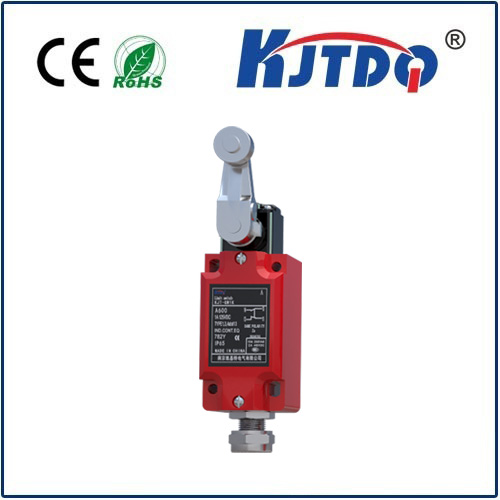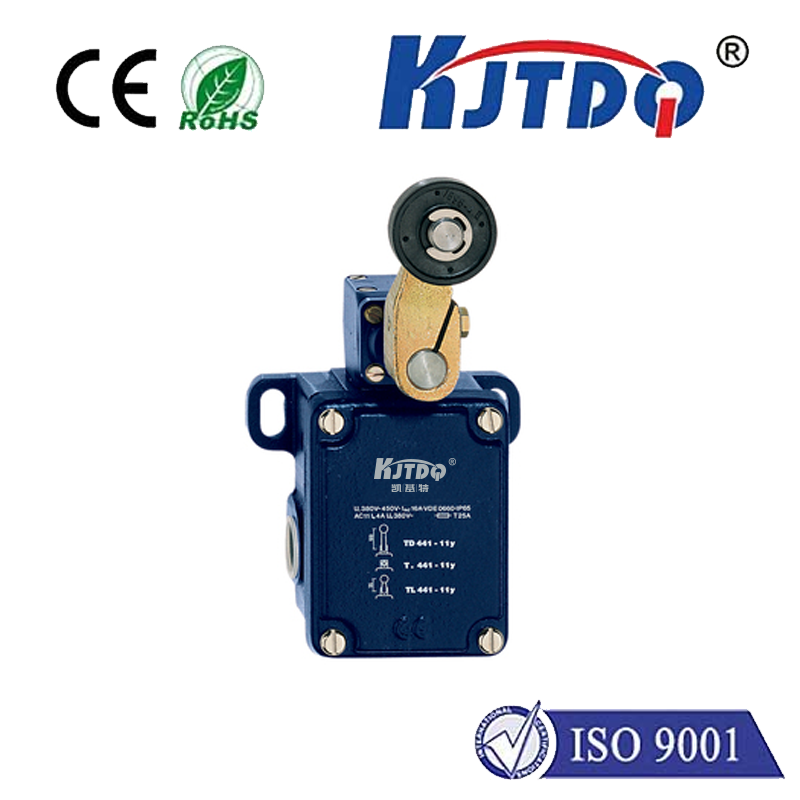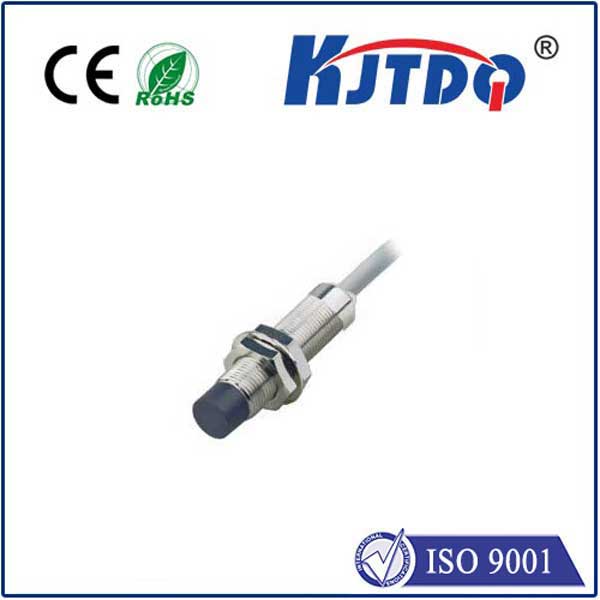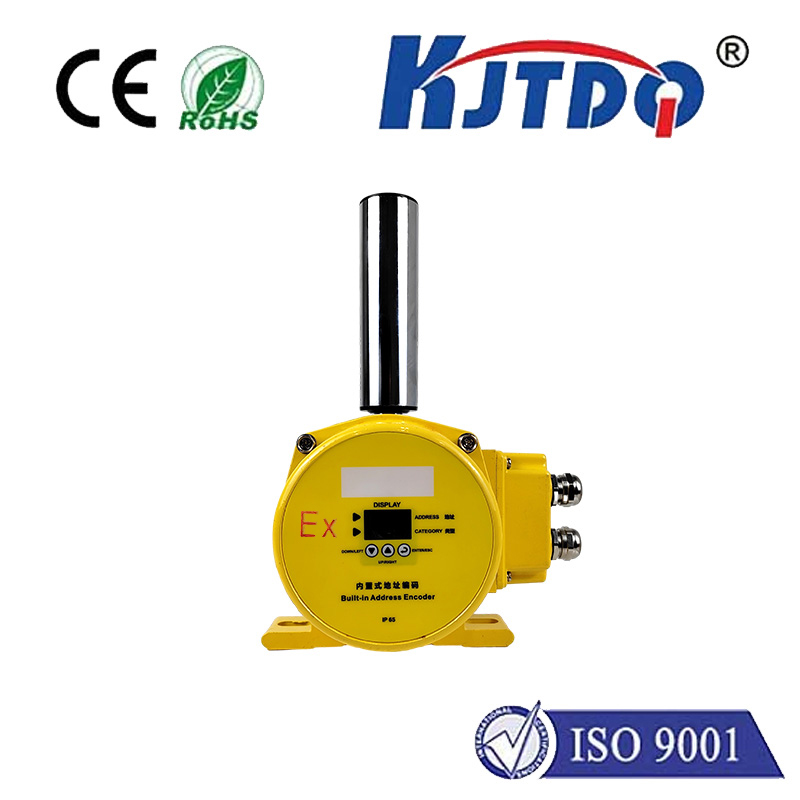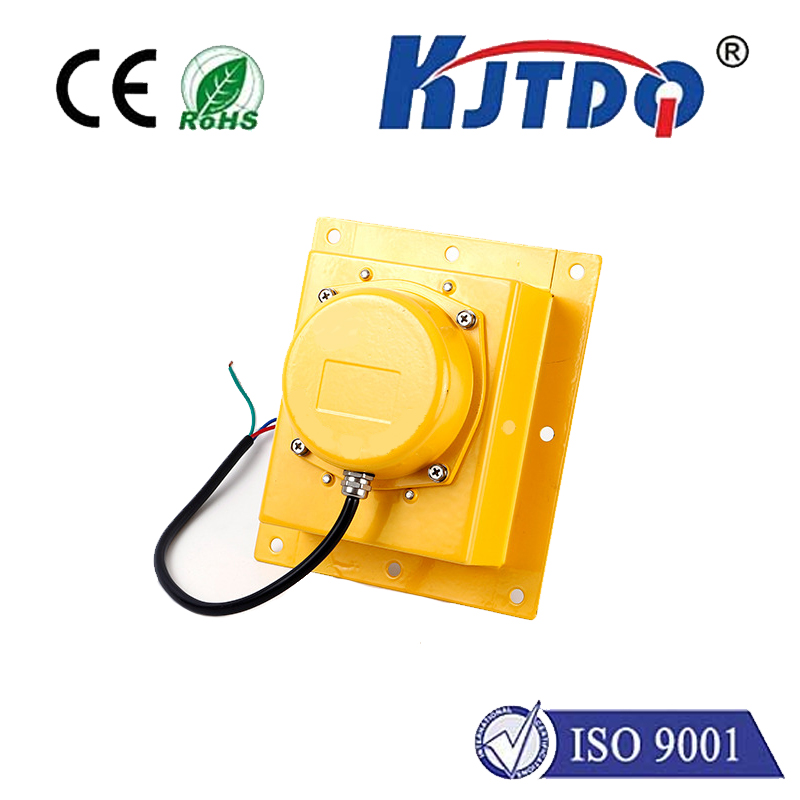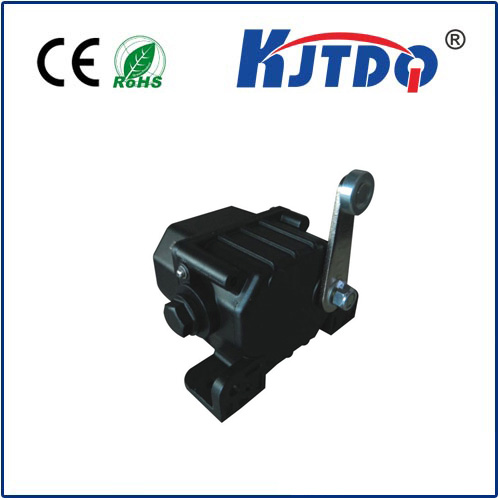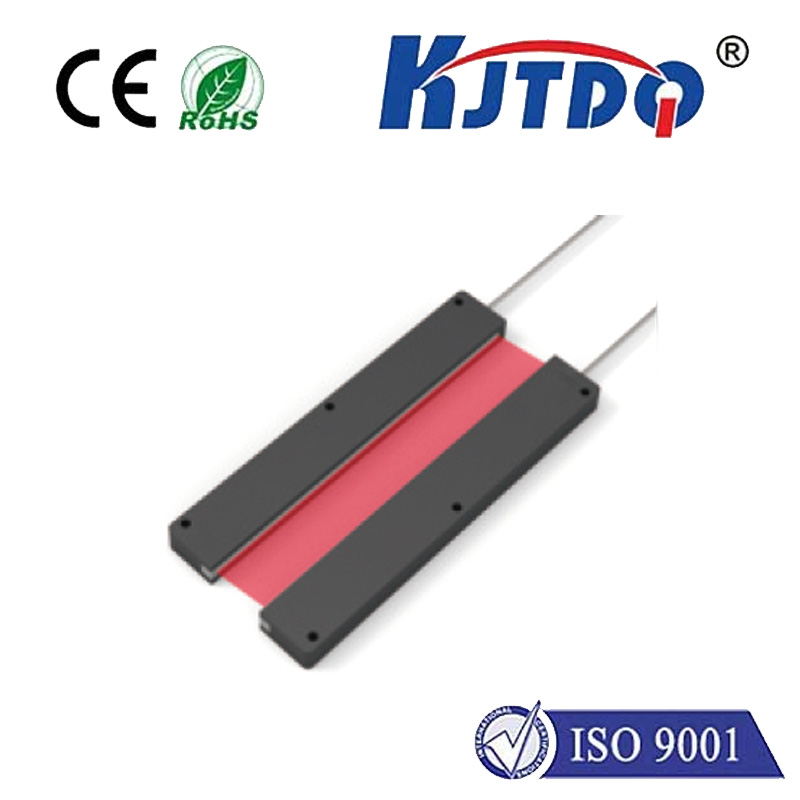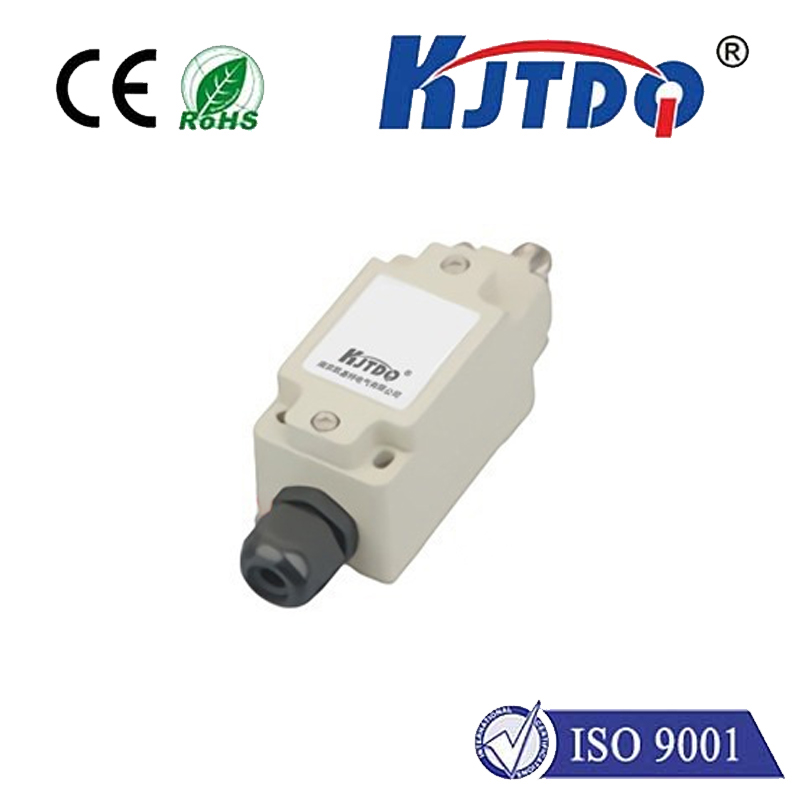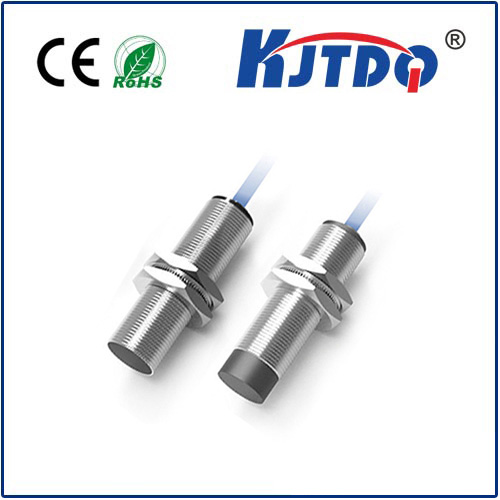Ever touched an elevator button and felt it click? Or pressed a key on an old mechanical keyboard? That satisfying physical feedback often comes from contact proximity sensors. These fundamental components, sometimes called tactile or touch sensors, are the workhorses enabling countless devices to detect physical presence through direct interaction. Unlike their non-contact cousins (like infrared or ultrasonic sensors), contact proximity sensors require actual touch to trigger a response. Understanding their operation, diverse types, and ideal applications is crucial for engineers, designers, and anyone involved in integrating reliable physical detection.
Defining the Mechanism: Touch is Key
At their core, contact proximity sensors detect the presence or absence of an object through direct physical contact. This fundamental principle sets them apart. When the target object makes contact with a specific part of the sensor – be it a button surface, a lever, or a sensing pad – it initiates a change in an electrical property within the sensor. This change is typically converted into an electrical signal (like a simple ON/OFF switch or a variable voltage/current) that a control system can interpret. The detection range is inherently zero, or near-zero, measured only by the physical deflection or interaction required to activate the sensing mechanism. Their simplicity and high reliability in dirty or complex environments are significant advantages over optical or capacitive non-contact sensors, which can suffer from interference.
Unveiling the Common Types: From Simple Switches to Complex Sensing
The world of contact proximity sensors is surprisingly diverse, leveraging various physical principles:

Force-Sensitive Resistors (FSRs): These sensors change their electrical resistance in proportion to the force applied to their active surface. Consisting of conductive polymer materials, the resistance decreases as force increases. They excel in applications requiring pressure measurement, grip detection, or variable input control (e.g., musical instrument controllers, weight sensing platforms).
Strain Gauges: While often used for precise load measurement, they fundamentally detect physical deformation (strain) caused by applied force or pressure. When bonded to a surface, the gauge’s resistance changes minutely as the surface bends. They form the basis of many load cells and torque sensors, translating mechanical load into an electrical signal.
Tactile Sensor Arrays: These are essentially grids of individual contact sensing elements (often using FSR or capacitive principles within each element) arranged over a surface. They allow for spatial mapping of contact pressure across an area. Key applications include robotics (object recognition, grasp control), medical devices (pressure mapping for prosthetics or mattresses), and advanced human-machine interfaces.
Where Contact Detection Shines: Key Applications
The inherent simplicity, robustness, and cost-effectiveness of contact proximity sensors make them indispensable across numerous sectors:
Selecting the Right Contact Sensor: Key Considerations
Choosing the optimal контактный датчик приближения involves evaluating several factors:
The Enduring Value of Physical Contact
While non-contact technologies offer compelling capabilities like detecting objects without touch, contact proximity sensors remain foundational. Their unparalleled reliability in harsh conditions, simple integration, cost-effectiveness, and intrinsic physical feedback mechanism ensure they maintain a vital role. From ensuring machinery safety through a physical limit switch to enabling the nuanced pressure response in a musical instrument via an FSR, these sensors translate the fundamental action of touch into a clear, actionable signal. Understanding their operation and diverse implementations is key to designing robust and responsive systems that interact directly with the physical world. Choosing the right type ensures optimal performance and longevity for applications where certainty through physical interaction is paramount.
